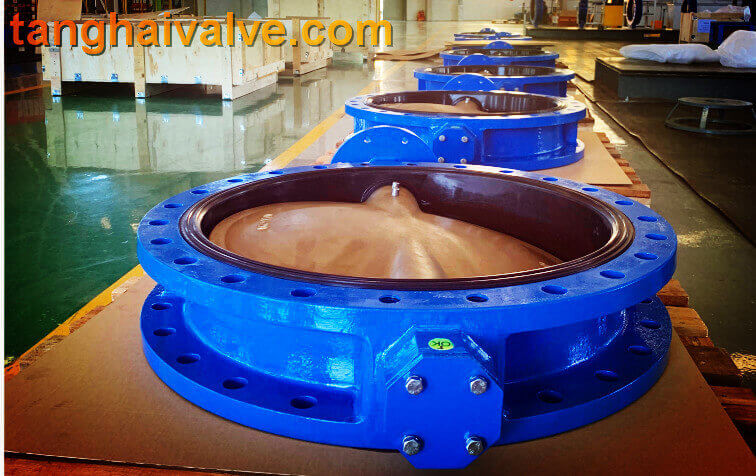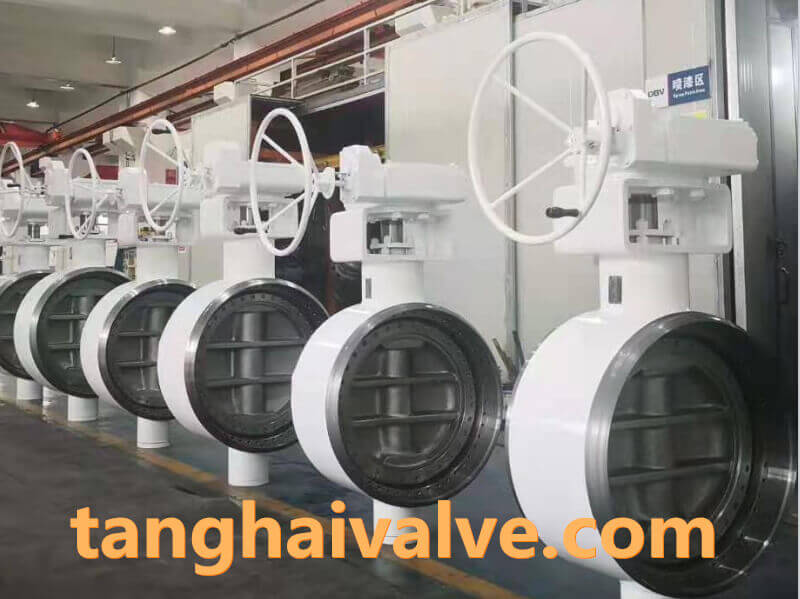LRS Certificates in Marine Butterfly Valve
LRS Certificates in the context of marine butterfly valves refer to certifications issued by Lloyd’s Register of Shipping (LRS), a well-known maritime classification society. These certificates verify that the valves meet the standards required for marine applications, particularly for safety, reliability, and regulatory compliance.
What Is an LRS Certificate?
An LRS Certificate demonstrates that a product—like a butterfly valve—has been:
Inspected and tested by Lloyd’s Register or an authorized party.
Compliant with Lloyd’s marine classification rules.
Suitable for use on ships and offshore platforms.
What It Means for Marine Butterfly Valves
A butterfly valve with an LRS certificate has typically passed tests related to:
| Criteria | Typical Requirements |
| Pressure rating | Confirmed for marine system pressures |
| Material quality | Approved corrosion-resistant materials |
| Fire safety | Fire-safe design (if required) |
| Functionality | Reliable operation under marine conditions |
| Leakage tests | Zero or acceptable leakage rates |
Types of LRS Certificates
There are different types depending on what’s being certified:
| Certificate Type | Description |
| Type Approval Certificate | Confirms a valve design meets LR rules. Valid for multiple units of the same design. |
| Inspection Certificate (3.2) | Confirms that each valve is individually tested and inspected (often project-specific). |
| Works Certificate | Provided by the manufacturer, verified by LR or its representative. |
Why Is It Important?
Regulatory Compliance: Required for equipment used on LR-classed vessels.
Insurance and Safety: Helps in securing vessel insurance and ensuring safe operations.
Global Acceptance: LRS is recognized by maritime authorities worldwide.
How to Verify an LRS Certificate
Check the certificate number on the LRS website.
Request the Type Approval Certificate from the valve supplier.
Ensure the stamp or signature of Lloyd’s Register is present on the physical certificate.





 © Copyright 2020 Tianjin Tanghaidongyang Valve Co., Ltd. All Rights Reserved.
© Copyright 2020 Tianjin Tanghaidongyang Valve Co., Ltd. All Rights Reserved.